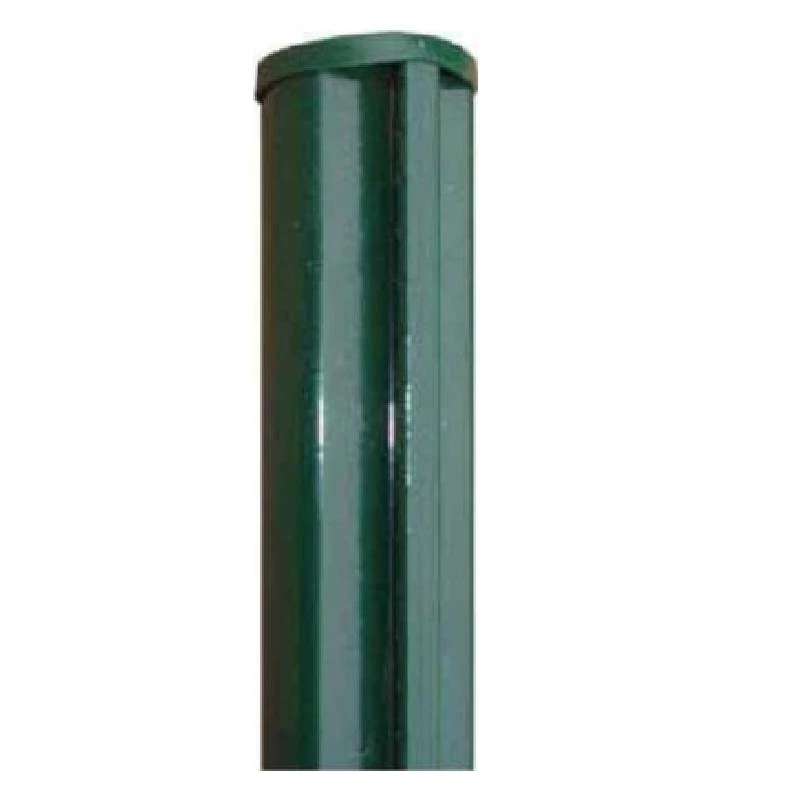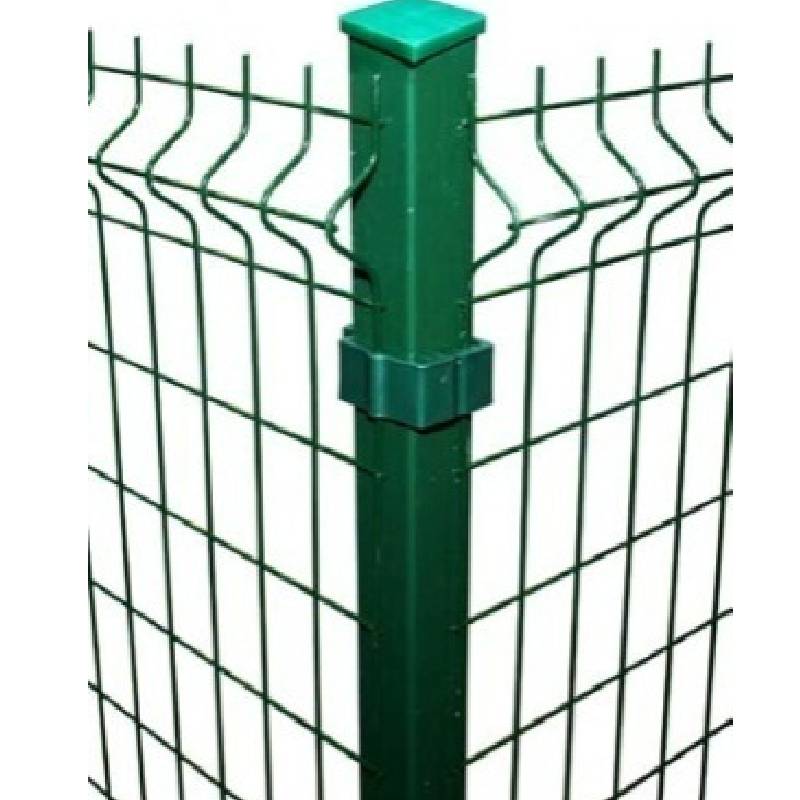-
E-poçt:zhao@hyliec.cn
-
Tel:+86 311 85273988
-
WhatsAPP:8613931128750
-
 afrikalı
afrikalı -
 alban
alban -
 amhar
amhar -
 ərəb
ərəb -
 erməni
erməni -
 Azərbaycan
Azərbaycan -
 bask dili
bask dili -
 belarus
belarus -
 benqal dili
benqal dili -
 bosniyalı
bosniyalı -
 bolqar
bolqar -
 katalan dili
katalan dili -
 Cebuano
Cebuano -
 korsika
korsika -
 xorvat
xorvat -
 çex
çex -
 danimarka
danimarka -
 holland
holland -
 İngilis dili
İngilis dili -
 esperanto
esperanto -
 eston
eston -
 fin
fin -
 Fransız dili
Fransız dili -
 friz dili
friz dili -
 qalisian
qalisian -
 gürcü
gürcü -
 alman
alman -
 yunan
yunan -
 qucarat dili
qucarat dili -
 Haiti Kreol
Haiti Kreol -
 hausa
hausa -
 havaylı
havaylı -
 ivrit
ivrit -
 Xeyr
Xeyr -
 Miao
Miao -
 macar
macar -
 island
island -
 igbo
igbo -
 indoneziya dili
indoneziya dili -
 irland
irland -
 italyan
italyan -
 yapon
yapon -
 yava dili
yava dili -
 Kannada
Kannada -
 qazax
qazax -
 kxmer
kxmer -
 Ruanda
Ruanda -
 koreyalı
koreyalı -
 kürd
kürd -
 qırğız
qırğız -
 Vərəm
Vərəm -
 latın
latın -
 latış
latış -
 litva dili
litva dili -
 Lüksemburq
Lüksemburq -
 makedon
makedon -
 Malqaşi
Malqaşi -
 malay
malay -
 malayalam
malayalam -
 maltalı
maltalı -
 maori
maori -
 marati dili
marati dili -
 monqol
monqol -
 Myanma
Myanma -
 nepal dili
nepal dili -
 norveçli
norveçli -
 norveçli
norveçli -
 oksitan
oksitan -
 puştu
puştu -
 fars
fars -
 polyak
polyak -
 portuqal
portuqal -
 Pəncabi
Pəncabi -
 rumın
rumın -
 rus
rus -
 samoa
samoa -
 Şotlandiya Qael dili
Şotlandiya Qael dili -
 serb
serb -
 İngilis dili
İngilis dili -
 Şona
Şona -
 sindhi
sindhi -
 Sinhala
Sinhala -
 slovak
slovak -
 sloven
sloven -
 Somali
Somali -
 ispan dili
ispan dili -
 sundan
sundan -
 suahili
suahili -
 isveçli
isveçli -
 taqaloq
taqaloq -
 tacik
tacik -
 tamil
tamil -
 tatar
tatar -
 teluqu dili
teluqu dili -
 Tay
Tay -
 türk
türk -
 türkmən
türkmən -
 ukraynalı
ukraynalı -
 Urdu
Urdu -
 uyğur
uyğur -
 özbək
özbək -
 vyetnamlı
vyetnamlı -
 uels
uels -
 Kömək edin
Kömək edin -
 yəhudi dili
yəhudi dili -
 yoruba
yoruba -
 Zulu
Zulu
Qılıncoynatma postu
What Type Of Fence Post Is Best?
The best type of fence post depends on various factors such as the type of fence, local climate, soil conditions, and personal preferences. Common options for fence posts include:
1. Round steel posts: Round steel posts are a traditional and versatile choice, suitable for various fence types. They can be treated to resist rot and decay, but may require maintenance over time.
2. Square steel posts and rabbet posts offer durability and strength, making them suitable for supporting heavy or high-security fences. They are resistant to rot and insect damage.
3. Steel round posts/ square posts/ rabbet with base plate: They are suitable to install on the concrete ground, and fixed by concrete nails.
What Size Is A Fence Post?
Fence posts come in various sizes, typically having Φ32 Φ34 Φ38 Φ48 Φ60 Φ80 for round steel posts and 40x40 60x60 40x60 60x60 80x80 100x100 etc for square tube posts in dimension. The specific size of a fence post depends on the type of fence being installed, the height and weight of the fence panels, and the local building codes or regulations. It's important to select the appropriate size of fence post to ensure stability and structural integrity for the specific fencing project. Consulting with a professional or referring to local building codes can provide guidance on the recommended size of fence posts for a particular application.
Fence Post FAQ:
What type of fence post is best?
The best type of fence post depends on various factors such as the type of fence, local climate, soil conditions, and personal preferences. Common options for fence posts include round steel posts, square steel posts and rabbet steel posts, posts with base plate or without base plate. Each type has its own advantages and considerations, so it's important to choose the most suitable option based on the specific requirements of the fence project.
What size is a fence post?
Fence posts come in various sizes, typically typically having Φ32 Φ34 Φ38 Φ48 Φ60 Φ80 for round steel posts and 40x40 60x60 40x60 60x60 80x80 100x100 etc for square tube posts in dimension. The specific size of a fence post depends on the type of fence being installed, the height and weight of the fence panels, and local building codes or regulations. It's important to select the appropriate size of fence post to ensure stability and structural integrity for the specific fencing project.
How to install a panel fence?
Paneling a fence involves several steps, including measuring and planning, installing the posts, attaching the panels, adding finishing touches, and performing regular maintenance. It's important to follow the manufacturer's instructions and local building codes when paneling a fence to ensure proper installation and compliance with regulations. If in doubt, it's advisable to consult with a professional or seek guidance from experienced individuals.






